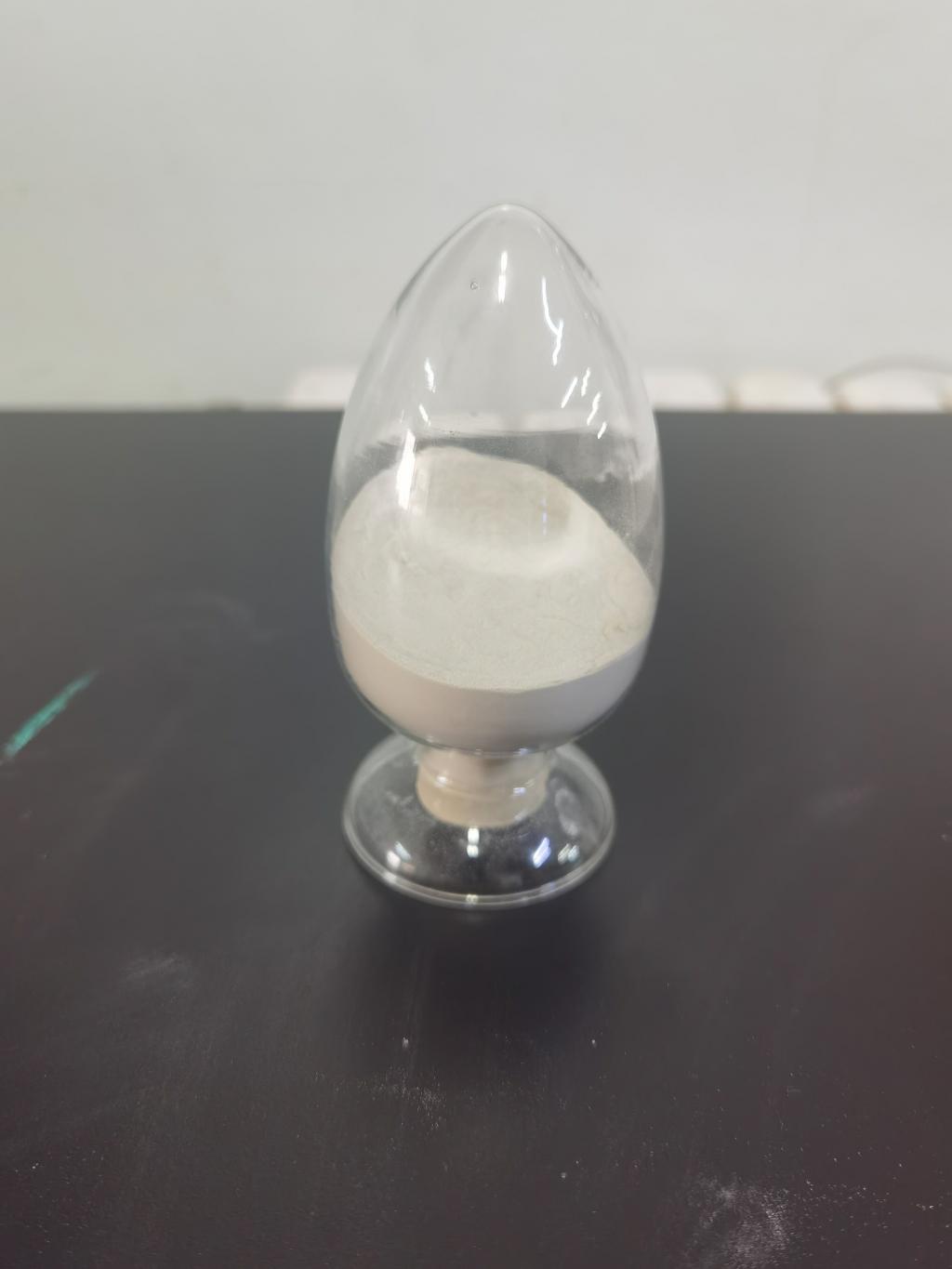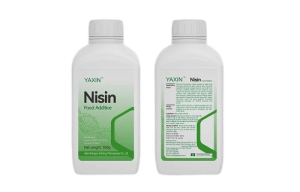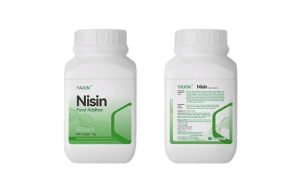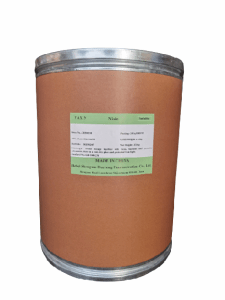Tel:+8618231198596

News
 CONTACT
CONTACT
 CONTACT
CONTACT
- Linkman:Linda Yao
- Tel: +8618231198596
- Email:linda.yao@dcpharma.cn
- Linkman:CHARLES.WANG
- Department:Overseas
- Tel: 0086 0311-85537378 0086 0311-85539701
News
Current Position:
Home >
News
>The development of nisin-based food coatings for enhanced preservation.
The development of nisin-based food coatings for enhanced preservation.
TIME:2024-12-04
What is Nisin?
Nisin is a naturally occurring bacteriocin, a type of antimicrobial peptide that effectively inhibits the growth of a wide range of foodborne pathogens and spoilage microorganisms. It is especially effective against gram-positive bacteria such as Listeria monocytogenes, Staphylococcus aureus, and Clostridium botulinum, which are associated with serious health risks in food products. As a natural preservative, nisin has received approval from food safety authorities, including the U.S. Food and Drug Administration (FDA), as a safe and effective preservative in various food categories.
Nisin-Based Food Coatings: The Concept
Nisin-based food coatings are an innovative way to harness the antimicrobial properties of nisin while offering a more targeted and controlled approach to food preservation. These coatings typically consist of a combination of nisin and edible polymers or natural biopolymers such as chitosan, alginate, or cellulose. When applied to the surface of food products, these coatings form a protective layer that not only extends shelf life but also serves as a barrier to microbial contamination.
How Nisin-Based Coatings Work
The antimicrobial action of nisin in food coatings is similar to its action as a preservative in bulk food products. Nisin works by binding to the cell membranes of bacteria and disrupting their cell wall synthesis, leading to bacterial death. When incorporated into food coatings, nisin slowly releases over time, providing continuous protection against microbial growth. This sustained release mechanism helps prevent spoilage without the need for refrigeration or other traditional preservation methods, which can alter the texture or flavor of food.
Advantages of Nisin-Based Food Coatings
Enhanced Microbial Control
Nisin’s ability to inhibit the growth of harmful bacteria is one of its most significant advantages. By applying nisin in a coating form, it can provide localized protection to specific areas of food, such as the surface of fruits, vegetables, meats, and ready-to-eat meals. This targeted antimicrobial action is particularly important in reducing the risk of contamination by pathogens like Listeria, E. coli, and Salmonella, which are commonly associated with foodborne illness outbreaks.
Improved Shelf Life
One of the primary benefits of nisin-based coatings is their ability to extend the shelf life of perishable foods. By slowing the growth of spoilage microorganisms, these coatings help maintain the freshness and quality of food products for longer periods. For example, applying nisin coatings to fresh produce can significantly reduce spoilage, preventing browning and wilting, while keeping the product safe for consumption over extended storage periods.
Preservation of Sensory Qualities
Unlike traditional preservatives, which may alter the flavor, texture, or appearance of food, nisin-based coatings can preserve the sensory attributes of food. Because nisin is a naturally occurring antimicrobial, it aligns with the growing consumer preference for clean-label products—those without artificial additives or chemicals. Additionally, since nisin is typically used in low concentrations, it does not interfere with the taste or texture of the food, making it ideal for applications in fresh produce, meats, and dairy products.
Sustainability
Nisin-based coatings offer a more sustainable approach to food preservation. By reducing food waste through extended shelf life and using natural ingredients, these coatings contribute to a more eco-friendly food production process. They also reduce the need for refrigeration or freezing, which can have high energy demands, making them a promising solution for energy-efficient food storage.
Versatility
Nisin-based coatings can be adapted for a wide range of food products, from fresh fruits and vegetables to processed meats, cheeses, and ready-to-eat meals. The coatings can be tailored to suit specific food types and storage conditions, allowing for customized solutions that meet the unique needs of different food categories.
Applications of Nisin-Based Coatings
Fresh Produce
One of the most promising applications of nisin-based coatings is in the preservation of fresh produce. Fruits and vegetables are highly perishable, and microbial contamination is a major concern during handling and storage. Coatings containing nisin can help extend the freshness of these products by preventing spoilage and pathogenic bacterial growth, thus reducing food waste and enhancing food safety.
Meat and Poultry
Nisin coatings are particularly effective for extending the shelf life of meat and poultry products. These foods are prone to contamination by Listeria and other spoilage bacteria, and nisin’s antimicrobial action can help ensure their safety throughout the distribution process. Coatings can also preserve the color and texture of meats, improving consumer appeal.
Dairy Products
Dairy products, especially soft cheeses and yogurts, are susceptible to microbial contamination and spoilage. Nisin-based coatings can provide an additional layer of protection, ensuring that these products stay fresh and safe for longer periods, without the need for excessive refrigeration or the use of synthetic preservatives.
Ready-to-Eat Meals
In the convenience food market, nisin-based coatings can enhance the safety and shelf life of ready-to-eat meals, which often face challenges related to microbial contamination and spoilage. Coatings can help prevent the growth of harmful bacteria in packaged meals, improving product quality and reducing the need for refrigeration.
Challenges and Future Directions
While nisin-based coatings show great promise, there are still challenges to be addressed. These include optimizing the formulation of coatings to ensure that the antimicrobial properties of nisin are effectively released over time, as well as ensuring the coatings are compatible with different food types and packaging materials. Furthermore, consumer acceptance and regulatory approval for new applications of nisin-based coatings must be carefully considered.
Future research is needed to explore the potential of combining nisin with other natural antimicrobials or antioxidants to enhance its efficacy and broaden its applications. Additionally, advancements in coating technology, such as the development of nanostructured coatings or more efficient delivery systems, could further improve the effectiveness of nisin-based coatings in food preservation.
Conclusion
Nisin-based food coatings represent a promising innovation in the field of food preservation, offering a natural, effective, and sustainable solution to enhance food safety and extend shelf life. With their ability to inhibit harmful microorganisms without compromising the sensory qualities of food, these coatings meet the growing demand for clean-label products and contribute to reducing food waste. As research advances, nisin-based coatings are likely to become a key tool in the preservation of a wide range of food products, benefiting both consumers and the food industry.
- Tel:+8618231198596
- Whatsapp:18231198596
- Chat With Skype







